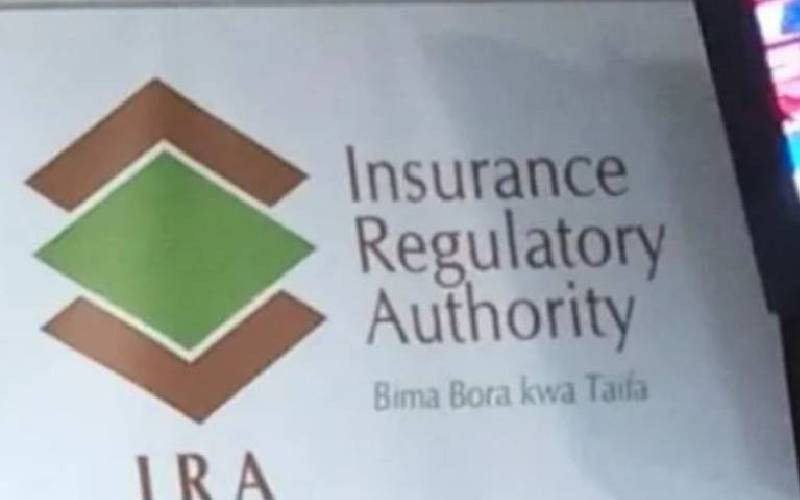
When we think of intimate matters and the sheath, male condoms often steal the show, despite the other option – the female condom or internal condom, being available.
While they aren’t as widely used, they offer effective protection against both sexually transmitted infections (STIs), including HIV and unplanned pregnancies.
So, what makes female condoms different? Unlike male condoms, which are worn on the outside, female condoms are inserted in the vagina or anus before sex. Just like male condoms, they form a barrier between sperm and the body, significantly reducing the risk of both pregnancy and STIs.
Despite their benefits, female condoms account for less than 1 per cent of global condom use compared to male condoms. In Kenya, female condoms were introduced 28 years ago, but their uptake remains low.
According to the Ministry of Health, only 5,800 female condoms were dispensed in 2020 across all public health facilities, compared to the millions of male condoms distributed.
Here are a few things to know about female condoms:
Caution! Don’t use a female condom with a male condom. Friction between the two could cause them to break and expose you to potential danger.





